With an area of 140 hectares, Lam Kinh National Special Relic Site still preserves intact the works of the Later Le Dynasty, along with many valuable antiques of that time. Lam Son is the birthplace of national hero Le Loi - Le Thai To and the origin of the Lam Son uprising to drive out the invading Ming army.
To show respect to their ancestors, the Le Dynasty built many large-scale temples and mausoleums in Lam Son. Since then, Lam Son has been considered the "second capital" of Dai Viet after Thang Long - Lam Kinh. The book Dai Viet Su Ky Toan Thu clearly states that Lam Kinh was built in 1433. Lam Kinh was the burial place, worship place, and place to pay tribute to the Kings and Queens of the Le Dynasty. According to historians, the Le Dynasty had two temples in Thang Long and Lam Kinh, the temple in Lam Kinh was the original temple. Therefore, every year, the Le Kings who ruled in Thang Long made a pilgrimage to Lam Kinh to perform rituals and pay respect to their ancestors.
Delegation of Lai Chau Newspaper and Thanh Hoa Newspaper burn incense at Lam Kinh National Special Relic Site.
Lam Kinh relic site has many sacred cultural values not only for Thanh Hoa people in particular and for the whole nation in general. This is also a unique architectural and artistic work, bearing the mark of royal culture along with all the steles and tombs, proving the brilliant development of the country's architecture.
The temples and tombs are arranged according to Confucianism and feng shui principles, with harmony between hills, streams, and trees, creating a beautiful environment, balancing natural landscape and architecture. The scale of Lam Kinh's architectural works is recorded in Phan Huy Chu's Lich Trieu Hien Chuong Loai Chi as follows: "Lam Kinh Palace leans against the mountain behind, faces the river in front, with green mountains and clear waters on all four sides, and dense forests. Vinh Lang of Le Thai To, Thieu Lang of Le Thai Tong, and the tombs of the Le Dynasty kings are all here.
Lam Kinh National Special Relic Site tour guide introduces Vinh Lang Stele to visitors.
The imperial citadel, palace and temple of Lam Kinh citadel are still intact to this day, with a chessboard layout including the Ngo Mon gate, the dragon yard, the main hall, the temple... In particular, Lam Kinh Main Hall is considered the "soul" of the Relic Site because of its grandeur, solemnity and important role in the Lam Kinh temple and mausoleum complex. Right behind the main hall are 9 Thai Mieu buildings. The Thai Mieu space is solemnly and sacredly decorated with the shape of an arc embracing the main hall. The roof of the palace is covered with traditional conical tiles. This is the place to worship the king and Queen Mother of the Later Le dynasty with a year-round scene filled with incense smoke, imbued with sacredness.
In 1962, Lam Kinh historical relic was ranked at the national level, and in 1994, the Government approved the restoration project. Within the framework of the project to restore the relic site, the Main Hall was restored on the old foundation. The Main Hall has a strong architectural style of the Le Dynasty and is a meticulous and elaborate wood carving work. Along with the exterior is a Cong-shaped architectural block consisting of 3 consecutive halls: Quang Duc (front hall), Sung Hieu (middle hall) and Dien Khanh (rear hall).
Since then, nearly 30 items of the relic site have been restored, gradually restoring the appearance of Lam Kinh in the past. In particular, this place currently preserves 5 ancient steles, which are valuable documents for research on history, culture, and sculpture. All 5 steles have been recognized as National Treasures by the Prime Minister, including Vinh Lang Stele (King Le Thai To), Chieu Lang Stele (King Le Thanh Tong), Du Lang Stele (King Le Hien Tong), Kinh Lang Stele (King Le Tuc Tong), Khon Nguyen Chi Duc Stele (Queen Mother Ngo Thi Ngoc Dao).
Tourist Nguyen Mai Phuong from Nghe An said: “I am very impressed with the unique architectural complex of this relic site because of its majestic location in the middle of a large, green space. At each place we visited, the tour guide was very enthusiastic, introducing the history and telling impressive stories, I felt very excited to come here”.
The relic site is also associated with mysterious legends with famous ancient trees such as the smiling guava tree, the omen-carrying Da-Thi tree, and the Lim tree that sacrificed itself to build a shrine. The spiritual color not only adds to the sacredness of this place, but is also an interesting factor. Lam Kinh relic site is considered a precious gem of Thanh land with great value in terms of architecture and history, truthfully depicting the golden age of the Later Le Dynasty, attracting more and more tourists to the proud history of the nation.
Source: https://baolaichau.vn/van-hoa/khu-di-tich-quoc-gia-dac-biet-lam-kinh-diem-den-hap-dan-cua-xu-thanh-576307


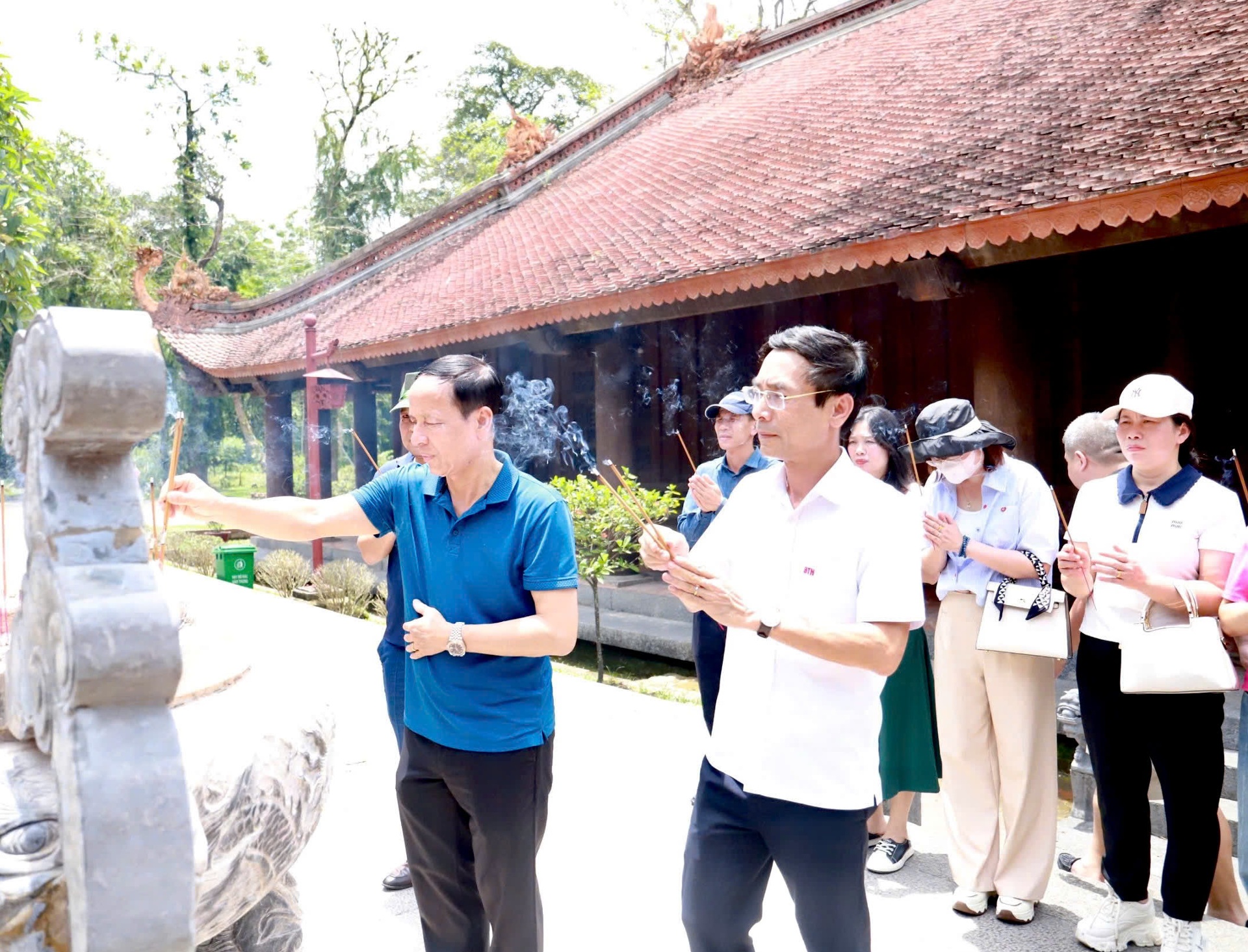
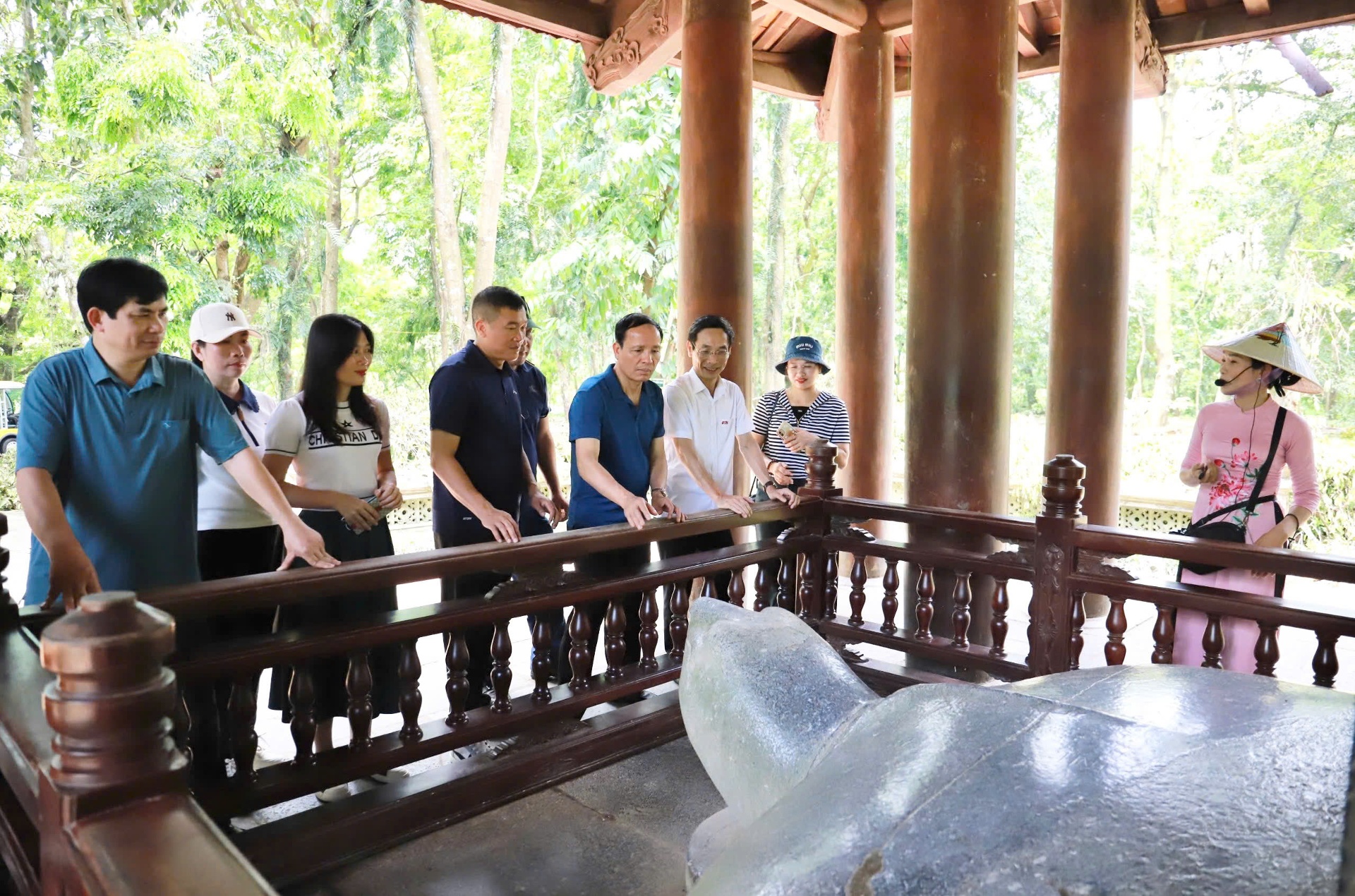













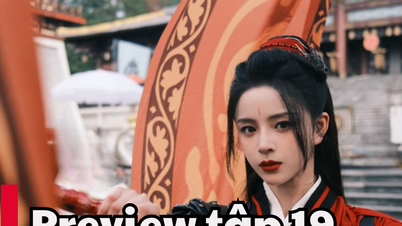




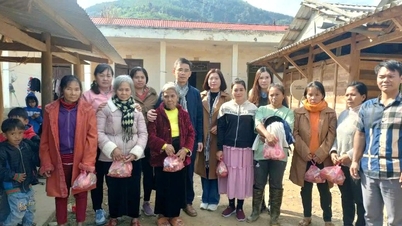
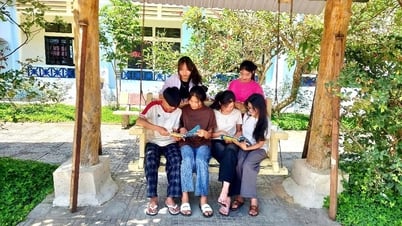

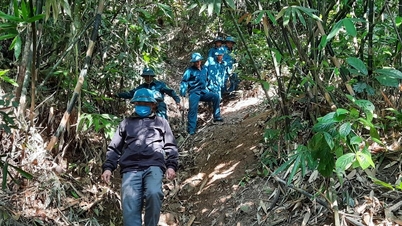

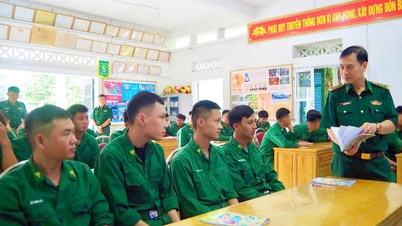



































































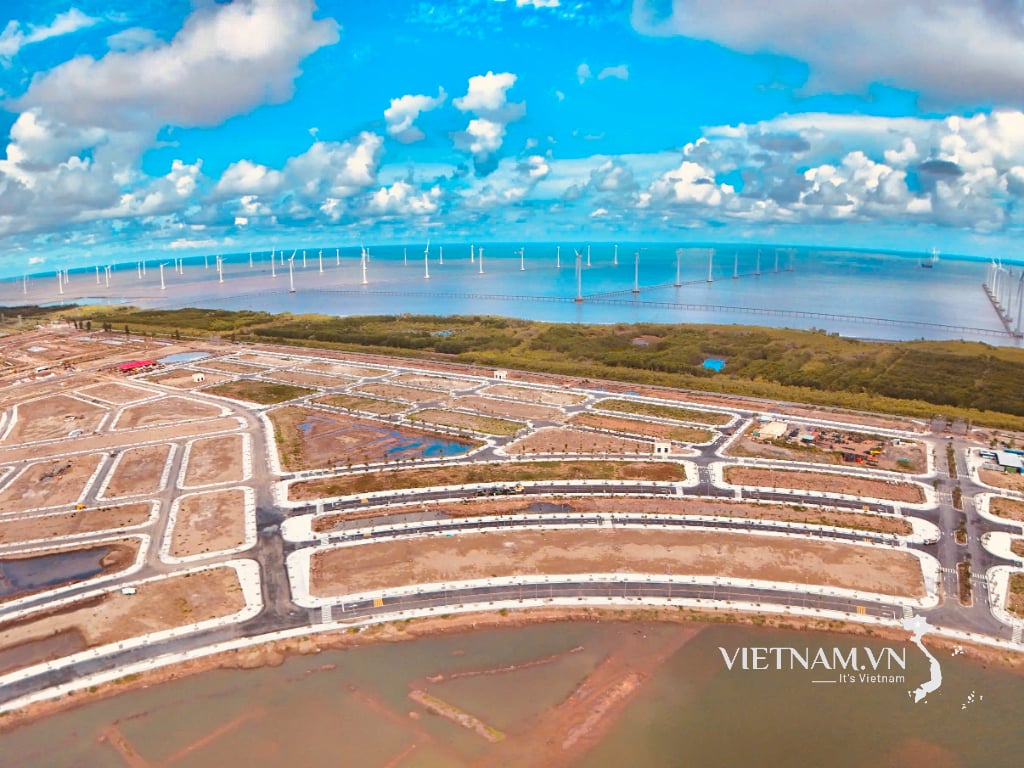

Comment (0)